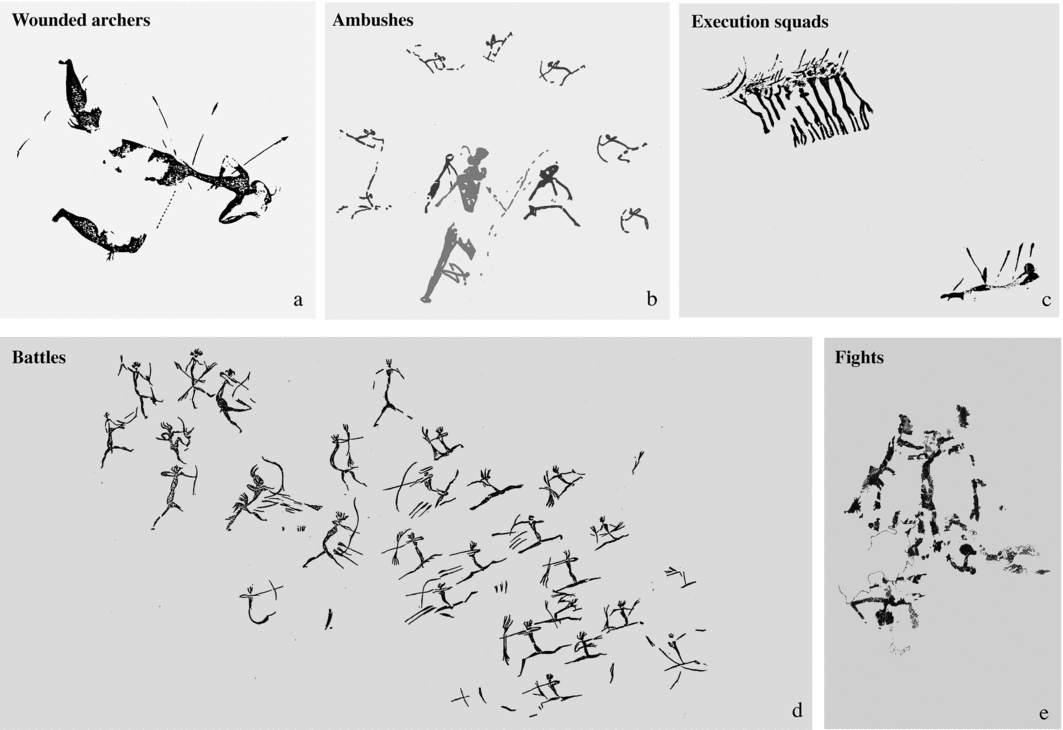When I visited the Tongore Cemetery, I observed a grave for a woman. The writing was legible and extremely clear. The gravestone didn’t list her under her own name – she was listed as “Wife of,” remembered only for her husband instead of herself, her identity erased.
This experience inspired me to look more closely at the intersection of feminism and archaeology, specifically in understanding gender. Our understanding of gender in the past significantly informs our understanding of gender and gender inequality in the present. Archaeological research and interdisciplinary approaches to this research combine to illuminate the complexities of gender in ancient societies. These insights challenge traditional narratives of gender and offer valuable teachings for addressing gender disparities in the present.
Archaeological investigations and studies have revealed the historical roots of gender roles that feed into modern inequalities. Such research highlights that “gender-equal norms passed down from one generation to the next can persist even if institutions or structures incentivize inequality, and vice versa” (Savat-Wustl, 2023). Bias in archaeological interpretations has also marginalized women’s contributions, obscuring their roles in shaping past societies. For example, if a body was discovered with weapons and armor, the body was presumed to be male; if a body was discovered with jewelry and pottery, the body was presumed to be female (Ghodsee, 2023). If weapons are found buried with a woman, they are interpreted as “symbolic” instead of being for actual use, thus erasing the identity and contributions of the female warrior (Davis-Kimball, n.d.). This method of sexing bodies enforces the gender binary and gendered stereotypes, also ignoring the contributions women made to ancient societies.

In acknowledging and rectifying these biases, we gain a more accurate understanding of the roles women played in these cultures, and in learning about our past, we learn about our present and future. These interpretations also reshape and redefine how gender was accepted and expressed in ancient societies. The discovery of a potentially non-binary Viking individual challenges rigid binary notions of gender that persist today (Henley, 2021). This discovery emphasizes the fluidity of gender identity in the past, challenging the notion that ancient societies were also limited by the gender binary.
Another critical archaeological insight is the rise of gender inequality during the Neolithic period. Research on this subject suggests that gender disparities began to appear around 8,000 years ago (University of Seville, 2019; Lewis, 2019). Societies transitioned from nomadic hunter-gathering to settled agriculture, creating set roles within each community. These roles steadily became gendered, as cave paintings also started to associate men with violence. Graves and excavated evidence support this notion, as male remains were often found with projectile wounds.

Understanding these specific roots of gender inequality can inform current efforts to dismantle patriarchal structures and hegemonic norms. Similarly, genetic evidence has been used to trace the impact of gender inequality on ancient populations (Kousta, 2017). This research demonstrates how genetic patterns can reflect past social structures and gender-based divisions, specifically those concerning labor. Such insights help us recognize the enduring consequences of gender inequality on human populations; again, this research can help in educating our society on how to reject patriarchy.
The intersection of archaeology and feminism has played a pivotal role in reshaping our understanding of gender. Feminist gender archaeology offers a perspective that critically examines how gender dynamics influenced (and continue to influence) archaeological interpretations. This approach underscores the importance of acknowledging and addressing gender biases in research, ultimately enhancing our understanding of the past. Explicitly feminist archaeology pushes further, highlighting the potential of archaeology to challenge and deconstruct patriarchal norms. It encourages the inclusion of marginalized voices and perspectives in archaeological research, fostering a more inclusive and equitable discipline, while also maintaining the hope that archaeological interpretation might become less biased.
Further Reading:
References:
Davis-Kimball, Jeannine. n.d. “Engendering the Past: Practices and Potentials of an Explicitly Feminist Archaeology | Barnard College.” Barnard.edu. Accessed September 17, 2023. https://barnard.edu/engendering-past-practices-and-potentials-explicitly-feminist-archaeology.
Ghodsee, Kristen. 2023. “Gender Oppression Isn’t Inherent to Human Nature.” Jacobin.com. June 22, 2023. https://jacobin.com/2023/06/sexism-patriarchy-gender-history-archeology-feminism.
Henley, Jon. 2021. “1,000-Year-Old Remains in Finland May Be Non-Binary Iron Age Leader.” The Guardian. August 9, 2021. https://www.theguardian.com/world/2021/aug/09/1000-year-old-remains-in-finland-may-be-non-binary-viking-researchers-say.
Kousta, Stavroula. 2017. “Archaeology: Origin of Gender Inequalities.” Nature Human Behaviour 1 (3). https://doi.org/10.1038/s41562-017-0059.
Lewis, Dyani. 2019. “Gender Inequality Arose 8000 Years Ago.” Cosmosmagazine.com. June 19, 2019. https://cosmosmagazine.com/history/gender-inequality-arose-8000-years-ago/.
López-Montalvo, Esther. 2015. “Violence in Neolithic Iberia: New Readings of Levantine Rock Art.” Antiquity 89 (344): 309–27. https://doi.org/10.15184/aqy.2014.12.
Savat-Wustl, Sara. 2023. “Teeth Track Gender Bias Back over 1,000 Years.” Futurity. March 16, 2023. https://www.futurity.org/gender-bias-archaeology-2890932-2/.
University of Seville. 2019. “The Neolithic Precedents of Gender Inequality.” Phys.org. June 10, 2019. https://phys.org/news/2019-06-neolithic-gender-inequality.html.

What might be some archaeological practices and theoretical frameworks that could help us in “acknowledging and rectifying these biases”?